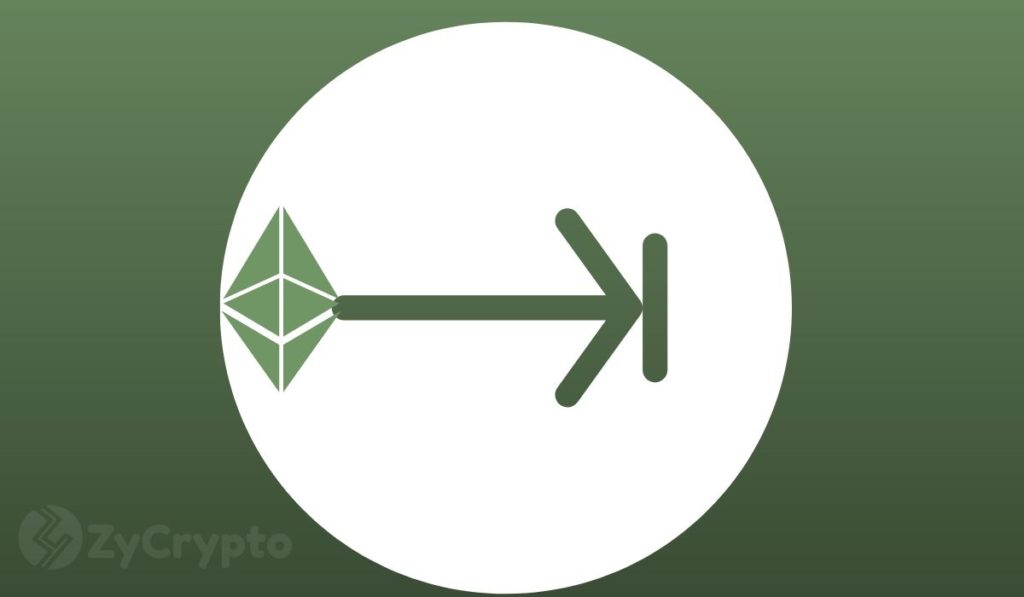2019-2-26 01:38 |
Ethereum (ETH)–The long-anticipated launch of Ethereum’s Constantinople upgrade is set to occur later this week. Specifically, the update is scheduled to go live during Ethereum’s 7,280,000 mined block, which at the current rate of production should occur on Thursday Feb. 28. However, there is some variability in the exact timing of the update, given to the rise and fall of mining that could cause it to occur as early as tomorrow or as late as this weekend. An official blog post by the Ethereum development team includes a countdown timer for investor interested in following the pace of mining efforts.
In addition to the Constantinople upgrade, which Ethereum investors and coin enthusiasts have been anticipating for months, the St. Petersburg update is also schedule to go live at the same time.
According to the official post, users holding their ETH on exchange or through the more common mobile and hardware wallets will not need to take action to ensure the upgrade goes smoothly for their coins,
If you use an exchange (such as Coinbase, Kraken, or Binance), a web wallet service (such as Metamask, MyCrypto, or MyEtherWallet), a mobile wallet service (such as Coinbase Wallet, Status.im, or Trust Wallet), or a hardware wallet (such as Ledger, Trezor, or KeepKey) you do not need to do anything unless you are informed to take additional steps by your exchange or wallet service.
The new update is set to change the underlying Ethereum protocol in an effort to improve the system according to proposed Ethereum Improvement Proposals (EIPs). For Ethereum users, the primary changes of the Constantinople upgrade will be multiple enhancements of network efficiency, a delay in the Ethereum “difficulty bomb” affecting mining hash power, and a decrease in the amount of ETH reward for mined block.
The difficulty bomb was originally designed to ensure a full migration of miners to Ethereum’s new Proof of Stake based consensus algorithm, which will signal a landmark shift in the currency away from its current Proof of Work protocol. However, PoS implementation has been delayed beyond the scheduled Constantinople upgrade, necessitating that the Ethereum developers also delay the difficulty bomb to avoid halting the current blockchain.
The delay is expected to be for another 12 months, currently being referred to as the “ice age” period, giving Ethereum developers ample time to transition the currency to the Proof of Stake algorithm. However, in response to the lack of increased difficulty, the Constantinople update will include a reduction in Ethereum mining rewards, from its current level of 3 ETH to 2.
Thursday’s upgrade will also include the controversial “CREATE2” EIP implementation, which will allow users to interact with smart contracts that do not presently exist on the blockchain. According to the official release, CREATE2
“Allows interactions to be made with addresses that do not exist yet on-chain but can be relied on to only possibly contain code eventually that has been created by a particular piece of init code.
Important for state-channel use cases that involve counterfactual interactions with contracts.
In short: This EIP makes it so you can interact with addresses that have yet to be created.”
Despite being initially proposed by Vitalik Buterin himself, some Ethereum users and developers were concerned about the implementation of CREATE2 in the update, which they believed would allow for a potential attack vector against ETH’s blockchain. However, several Ethereum core developers have come forth and dismissed the concerns around CREATE2 as being unfounded.
Title image courtesy of beatingbetting.co.uk
The post Ethereum (ETH) Constantinople Upgrade Set to Launch February 28th appeared first on Ethereum World News.
origin »Ethereum (ETH) на Currencies.ru
|
|












